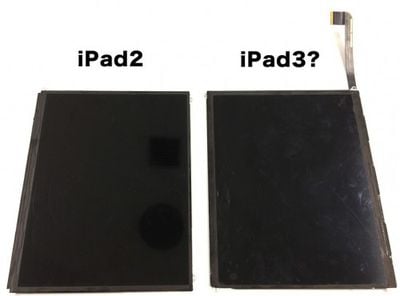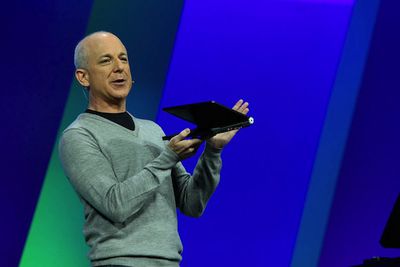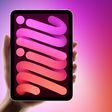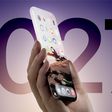Last month, Apple and the Fair Labor Association (FLA) announced an agreement that would see the FLA monitoring workplace conditions in Apple's supply chain, providing independent oversight to ensure compliance with worker rights standards set by Apple and the FLA. Apple is the first technology company to join the FLA, a move which comes as Apple has been the subject of increasing criticism over Foxconn's treatment of its employees.
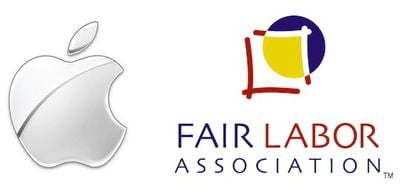
Apple today issued a press release announcing that the FLA has begun inspecting Foxconn's facilities at Apple's request, supplementing Apple's own auditing practices.
Apple today announced that the Fair Labor Association will conduct special voluntary audits of Apple’s final assembly suppliers, including Foxconn factories in Shenzhen and Chengdu, China, at Apple’s request. A team of labor rights experts led by FLA president Auret van Heerden began the first inspections Monday morning at the facility in Shenzhen known as Foxconn City.
“We believe that workers everywhere have the right to a safe and fair work environment, which is why we’ve asked the FLA to independently assess the performance of our largest suppliers,” said Tim Cook, Apple’s CEO. “The inspections now underway are unprecedented in the electronics industry, both in scale and scope, and we appreciate the FLA agreeing to take the unusual step of identifying the factories in their reports.”
The release notes that the FLA will be conducting interviews of thousands of Foxconn employees as it assesses their working and living conditions. The FLA will have access to Foxconn's manufacturing areas, as well as the dormitories and other facilities where employees are housed in the massive complex.
Results of the Foxconn inspections will be posted on the FLA's site early next month, and similar inspections at Apple's other major manufacturing partners Quanta and Pegatron will follow this spring. Once inspections at the three companies' facilities are complete, the FLA will have assessed facilities where over 90% of Apple's products are assembled.


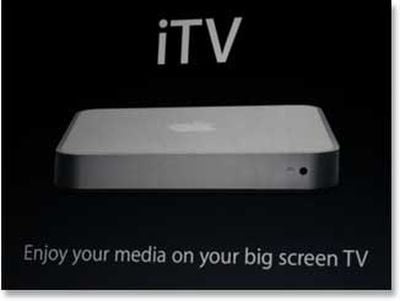

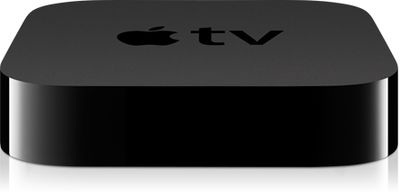

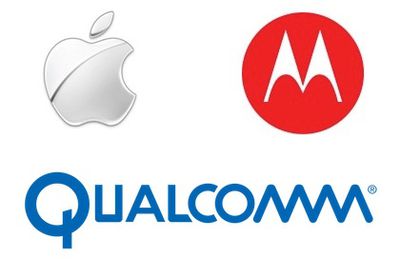
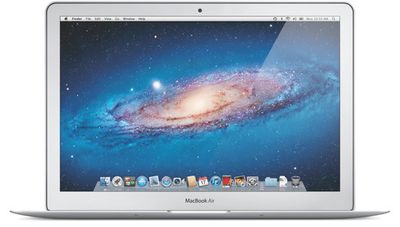

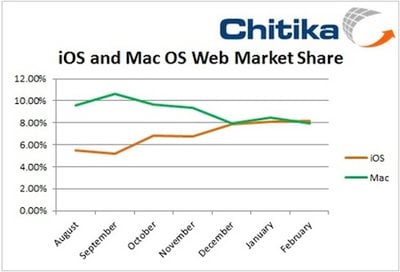

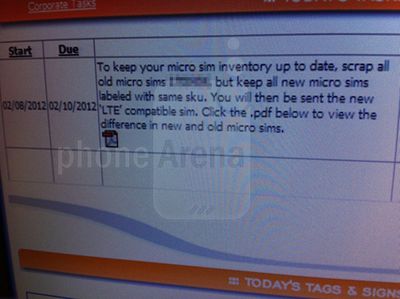
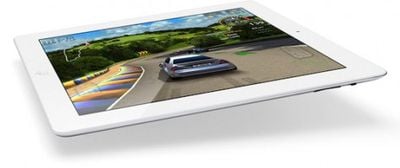
 Google is developing a wireless home entertainment system designed to stream music throughout the home,
Google is developing a wireless home entertainment system designed to stream music throughout the home, 
